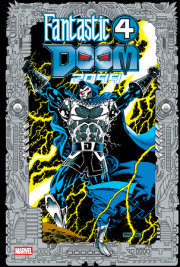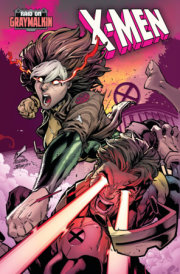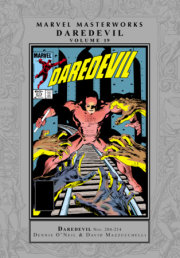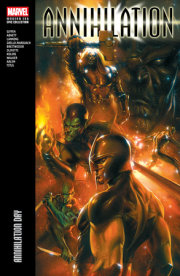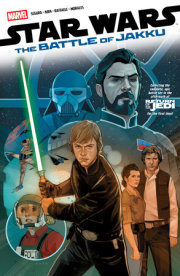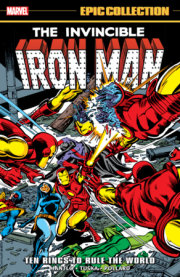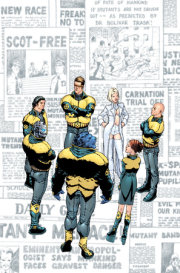John Byrne has worked continuously in the comics industry as both writer and artist since 1975. After he initially collaborated with writer Chris Claremont on Iron Fist, Byrne and Claremont moved on to X-Men for a run still regarded as one of the title’s finest. Byrne contributed an equally famed stint on Fantastic Four, earning comparisons to the original Lee/Kirby issues for his imaginative plotlines and dynamic artwork. He also spun Alpha Flight into its own title. In 1986, he revamped DC’s flagship hero, Superman, reimagining the Man of Steel in a historic project heralded by a Time magazine cover. His remarkable contribution to the Marvel Universe extends to memorable associations with virtually every major hero, including celebrated runs on Captain America, Iron Man, Sensational She-Hulk, Namor the Sub-Mariner and Thing. In the 21st century, Byrne’s considerable body of work includes IDW’s Star Trek and Angel.
Writer/editor Stan Lee (1922-2018) made comic-book history together with Jack Kirby in 1961 with Fantastic Four #1. The monumental popularity of its new style inspired Lee to develop similarly themed characters — including the Hulk and X-Men with Kirby, Spider-Man and Doctor Strange with Steve Ditko, and Daredevil with Bill Everett. After shepherding his creations through dozens of issues — in some cases a hundred or more — Lee allowed other writers to take over, but he maintained steady editorial control. Eventually, he helped expand Marvel into a multimedia empire. In recent years, his frequent cameo appearances in Marvel’s films established Lee as one of the world’s most famous faces.
Steve Englehart’s history-making contributions to the Marvel Universe began with the Beast’s solo feature in Amazing Adventures, in which the eloquent X-Man first assumed furry form. As Avengers writer, he masterminded such major events as “The Avengers/Defenders War” (in both teams’ titles) and “The Celestial Madonna Saga.” In Captain America, he identified and solved the “mystery” of the 1950s Captain America (later revived by Ed Brubaker), and gave the true Cap the alternate identity of Nomad. Englehart’s Dr. Strange storyline in Marvel Premiere established the character as Sorcerer Supreme and covered the creation of the universe itself. At DC, he helped revamp Batman, Green Lantern, Superman and other major heroes for the 1970s. Back at Marvel, he wrote the first few years of West Coast Avengers and Silver Surfer. His published novels include Countdown to Flight, Hellstorm (part of the TALON Force series), Majorca, The Point Man and, with wife Terry Beach, books in the DNAgers young-adult series. Englehart has also written TV episodes and designed video games.
Marshall Rogers (1950-2007) provided pencils for Deadly Hands of Kung Fu, Doctor Strange, G.I. Joe and Silver Surfer. His best-known non-Marvel work is an acclaimed run, with writer Steve Englehart, on Detective Comics and other Batman titles; when a Batman newspaper comic strip debuted in 1989, Rogers was chosen as the strip’s artist.
John Buscema (1927-2002) literally wrote the book on being a Marvel artist — namely, How To Draw Comics the Marvel Way — and few were better qualified. His career dated back to the Timely/Atlas era of the late ’40s and early ’50s. Soon after beginning the Marvel Age of Comics, Stan Lee recruited Buscema from the advertising field to the Marvel Bullpen. Buscema followed a long run on Avengers with the long-anticipated first Silver Surfer series. He subsequently succeeded Jack Kirby on Fantastic Four, Thor and other titles. By the time of his retirement in 1996, Buscema had penciled nearly every Marvel title — including his personal favorite, Conan the Barbarian.
Joe Staton’s artwork has graced the pages of titles from Marvel, DC, Charlton Comics and First Comics, where he spent three years as art director. He is perhaps best known for his penciling on super-team titles, ranging across time and space from Justice Society of America to Doom Patrol and Metal Men to Legion of Super-Heroes. Staton is the artist on DC’s incarnation of Scooby-Doo.

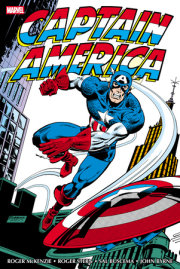
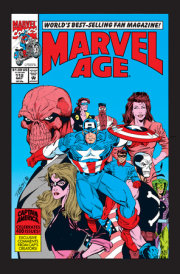
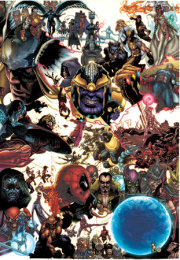
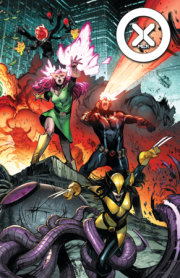
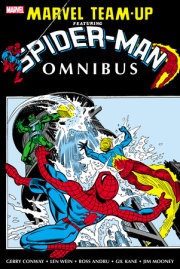

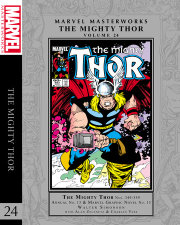
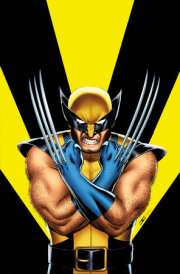

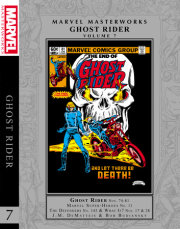
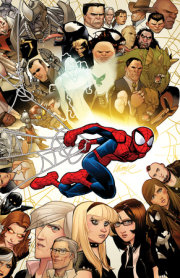
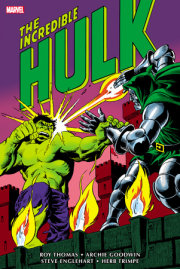

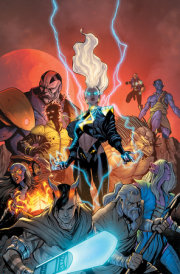
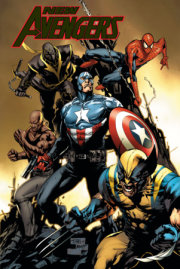

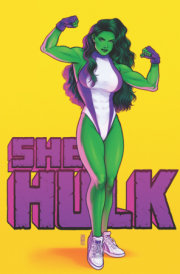


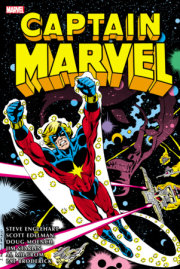
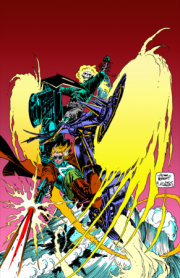
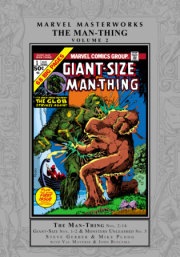

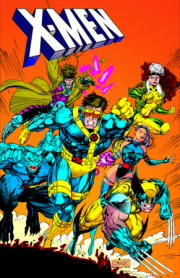
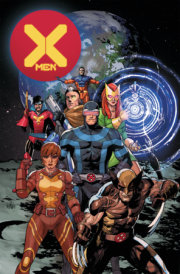
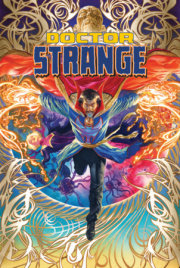
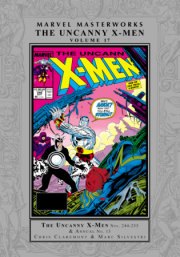
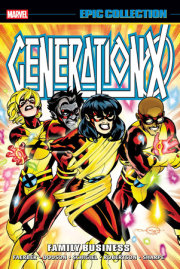
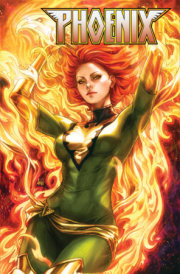
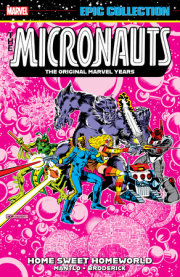
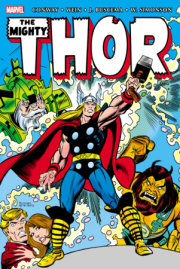
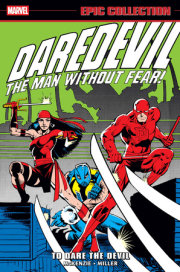
![Iron Man: Demon In A Bottle [New Printing 2]](https://images.penguinrandomhouse.com/cover/9781302961817?width=180)
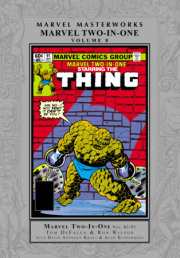
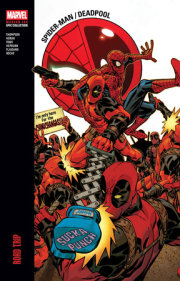
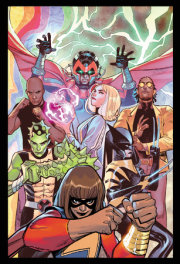

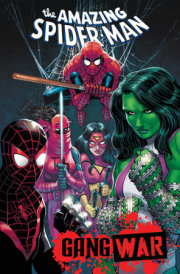
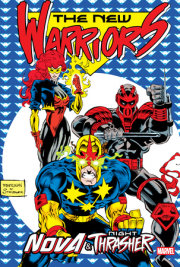
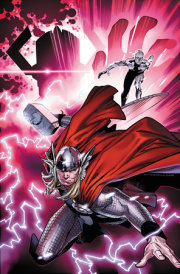

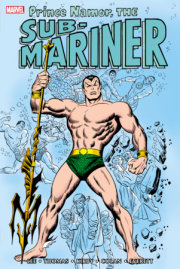
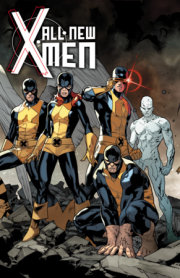
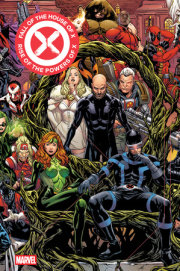
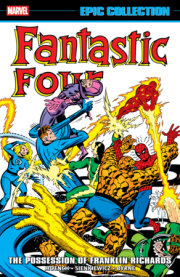
![Original Sin [New Printing]](https://images.penguinrandomhouse.com/cover/9781302966249?width=180)
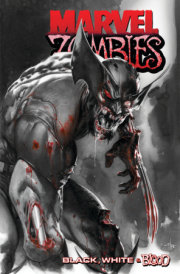
![X-Factor By Peter David Omnibus Vol. 1 Larry Stroman Cover [New Printing]](https://images.penguinrandomhouse.com/cover/9781302963705?width=180)
![Avengers West Coast Epic Collection: Vision Quest [New Printing]](https://images.penguinrandomhouse.com/cover/9781302963910?width=180)
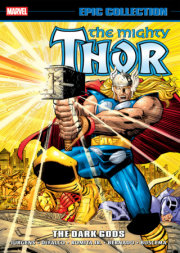
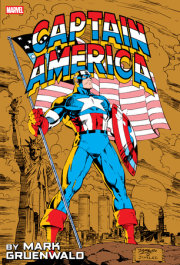
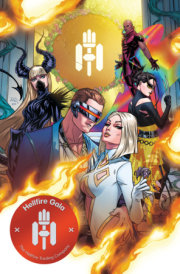
![Wolverine Goes To Hell Omnibus Jae Lee Cover [New Printing]](https://images.penguinrandomhouse.com/cover/9781302961381?width=180)
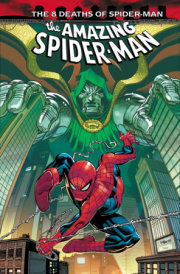
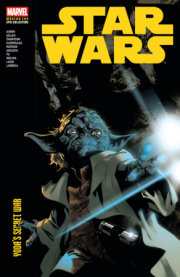
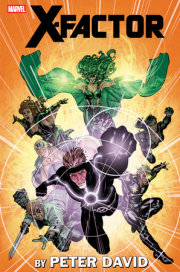
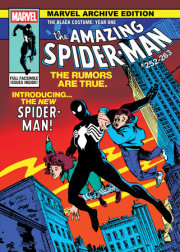


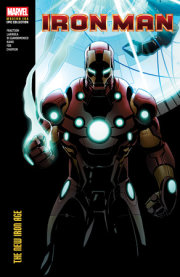

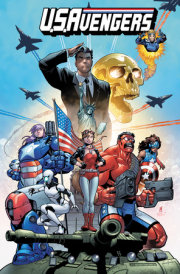
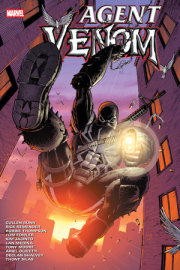

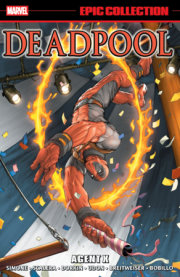

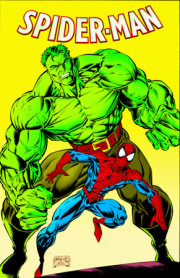
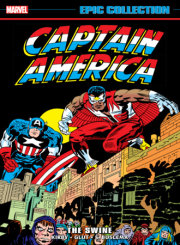
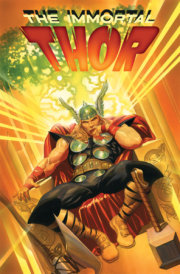
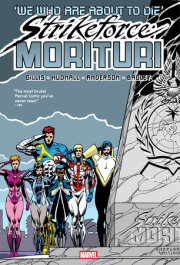
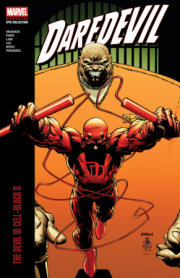
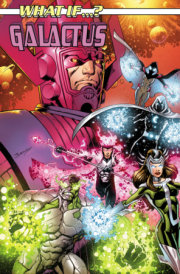

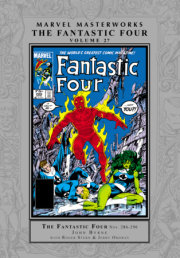


![Marvel Masterworks: The Silver Surfer Vol. 1 [Remasterworks]](https://images.penguinrandomhouse.com/cover/9781302956042?width=180)

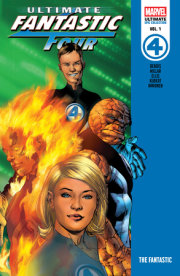
![X-Men: Age Of Apocalypse Vol. 2 - Reign [New Printing]](https://images.penguinrandomhouse.com/cover/9781302963958?width=180)
